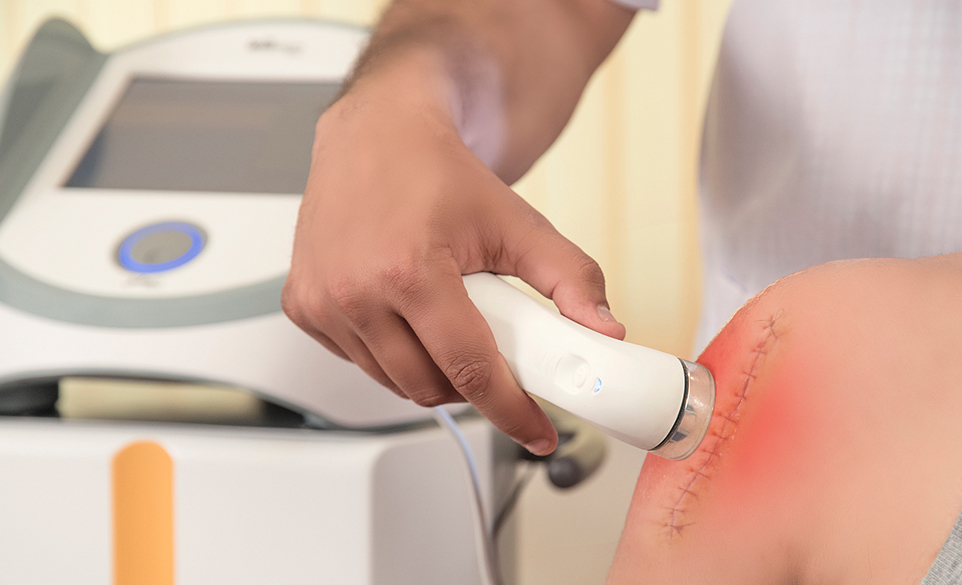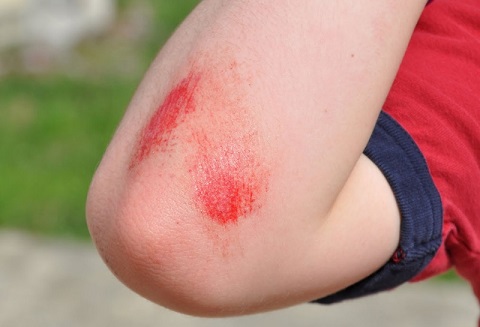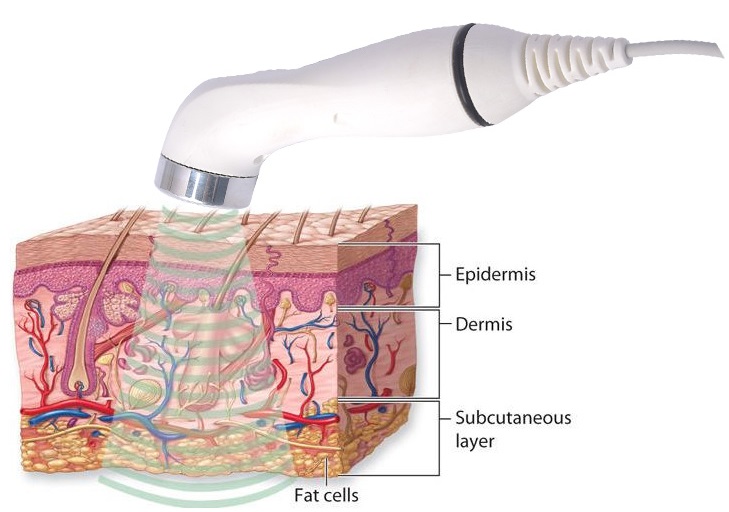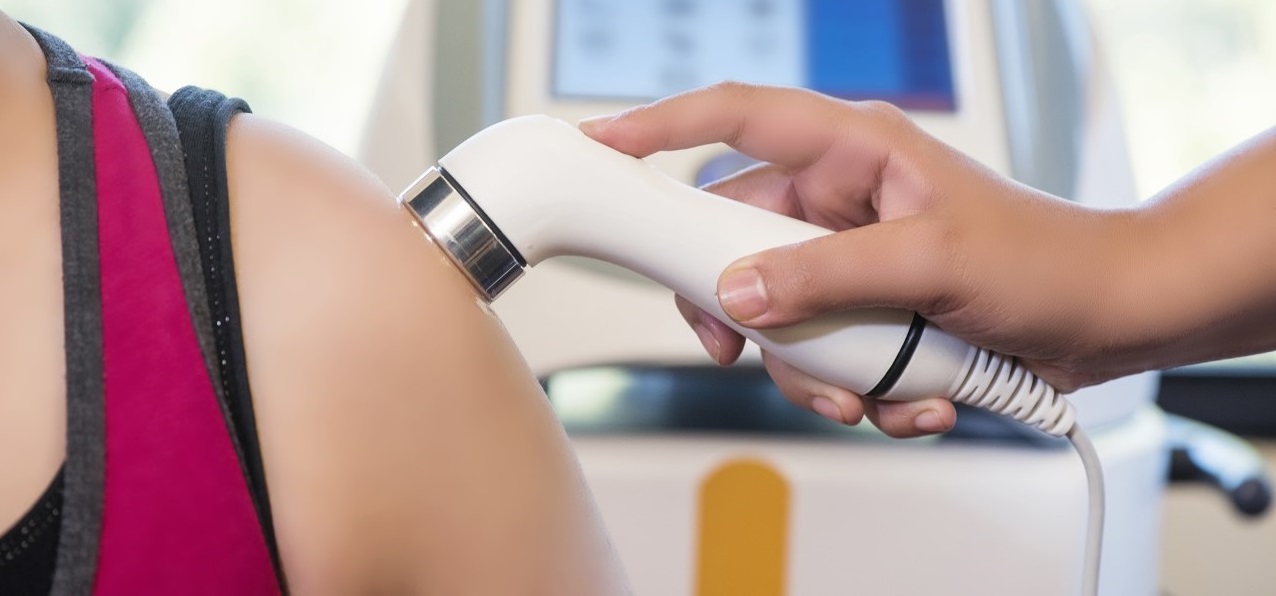Ultrasound Therapy for Wound Healing

Therapeutic ultrasound modality has been used by physiotherapists since the 1940s. It is one of the most common treatments used for soft tissue lesions. Ultrasound Therapy can produce many effects and benefits other than just the potential heating effect. It increases tissue relaxation, local blood flow, scar tissue breakdown, helps in reducing local swelling and chronic inflammation and promotes bone fracture healing. There are many flavours of therapeutic ultrasound with different intensities and different frequencies but all share the basic principle of “stimulation”.
Wound Healing – A wider prospect of Ultrasound Therapy
Therapeutic ultrasound is commonly used by physiotherapists to reduce pain and increase mobility in soft tissues. The application of ultrasound can also be helpful in the reduction of inflammation and the healing of wounds and injuries.
The ultrasound therapy can also be used for the healing of specific wounds such as recalcitrant diabetic foot ulcers and it helps in promoting healing of Char-cot fractures. Therapeutic ultrasound is one of important treatment methods used to enhance healing of pressure ulcers / sores, wound cleansing, wound dressings, and electrical stimulation. Ultrasound has also been shown to have beneficial effects on tissue healing.

How Ultrasound Therapy Works on Wound Healing

Ultrasound therapy is like applying a deep heat therapy. It penetrates the deep tissues, warms them up to encourage the healing of soft tissues. A physical therapist uses ultrasound to treat a strained muscle that has not healed as expected. Ultrasound may be helpful with symptoms related to strains and sprains.
Low-frequency ultrasound is used as a supplement to wound care. A non-contact ultrasound device is intended to provide proper cleansing to a wound). A gel is applied either to the applicator head or to the skin, which helps the sound waves to evenly penetrate the skin. The device is held 0.5 to 1.5 cm from the wound and saline is delivered to the wound bed, which promotes healing. Therapy is usually given in 8-10 minute sessions, three times per week.
Ultrasound Therapy causes tiny vibrations in the soft tissue, which can decrease swelling and inflammation in order to reduce certain types of pain. A physical therapist uses ultrasound treatment to break up deep scar tissues in the muscles or ligaments. It is often recommended for conditions in which there is a build-up of scar tissue (fibrosis).
How Does It Feel During Ultrasound Therapy?
Some people may feel a mild pulsing during ultrasound therapy, while others might feel a slight warmth on the skin. However people may feel nothing at all besides the cold gel that has been applied on the skin. In exceptional cases, if your skin is too much sensitive to touch, you could possibly feel discomfort as the ultrasound applicator passes over the skin. Ultrasound therapy, however, is never painful.
Is Ultrasound Therapy Safe?
Ultrasound therapy is considered safe by the US FDA. You just need to take care of some points like it is performed by a professional and provided that the therapist keeps the applicator head moving at all times. If the applicator head remains in one place for a longer time, there is a chance to burn the tissues underneath, which you will definitely feel.
Ultrasound therapy should not be used on these body areas:
Over the abdomen or lower back in pregnant women
Exactly on broken skin or healing fractures
On eyes, breasts or sexual organs
On areas with metal implants
Over or near areas with malignant tumours


Price